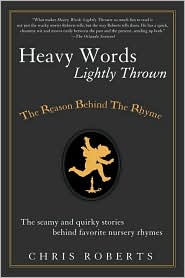
We can all name them. Books we never want to end. Books that we hope possess the magical ability to sit on our bedside table each night and grow more chapters for us to read the following morning. Well, here is a Please-Don’t-Ever-End book. Life: An Exploded Diagram by Mal Peet is an exhilarating read, intellectually, creatively, aesthetically. It is wild and bold and filled with extraordinary and lovely writing. It is like no other young adult book I have ever read. It is one of the best books I have read in years. It is masterful.
Life is a postmodern novel, with an epic story that deeply challenges typical narrative structures. It sweeps across the world from the British countryside to Cuba to America; it mixes fiction with fact; it changes from third person to first person -- sometimes in the middle of a chapter! It spans great chunks of time, opening with a suicidal Nazi pilot in the final days of World War II and ending with – well, I won’t tell you what it ends with. But how many books have you read cut from a teen romance for a chapter on the history of Cuba? Or zips from imminent teenage sex to John F. Kennedy debating the Cuban Missile Crisis inside the Whitehouse? Sometimes an exploding missile can be metaphorical.







 Q. What happens when a viking gets bit by a radioactive spider?
Q. What happens when a viking gets bit by a radioactive spider?



 Remember learning nursery rhymes when you were a kid? Ever wonder what Jack and Jill were doing? Ever think that maybe
Remember learning nursery rhymes when you were a kid? Ever wonder what Jack and Jill were doing? Ever think that maybe 



